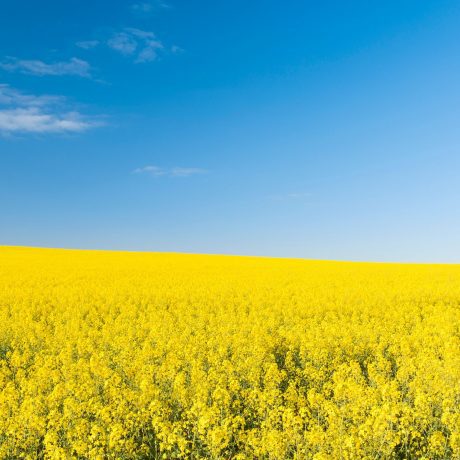Take Care When handling Seed and Fertiliser Bags, Farmers Warned
Robert Gazely
Mar, 09 2022Featured in the Farmers Weekly, our Health & Safety expert Robert Gazely has this advice for farmers.
Farmers should remind themselves of the risks associated with handling seed and fertiliser bags ahead of the busy spring drilling and fieldwork window, advises rural consultancy Ceres Rural.
The bags are large, heavy objects which can cause injury to employees and damage to machinery if they aren’t handled appropriately, warns partner Rob Gazely, who adds that manoeuvring seed and fertiliser bags out to the field must also be done with caution.
“The HSE has recently issued a safety notice to remind users of wheeled loaders to manage the risk of vehicle-pedestrian collisions,” he stresses.
“In some of the reported fatality cases, poor forward visibility arising from the load being transported was the issue, with reversing also resulting in accidents.”
Additional mirrors or cameras may help where visibility is compromised, although the most effective control measure will always be strict segregation of vehicles and pedestrians, he notes.
Other potential pitfalls are that treated seed and fertiliser may contain dust or be corrosive, so the use of PPE including eye protection, overalls, gloves and safety boots at all times is essential, with extra care being taken when the bag contents are discharging.
“If a banksman is being used, he must be visible at all times and there must be clear communication with the operator before work starts.”
Otherwise, fertiliser must be stored separately from other materials in a well-ventilated building and stacked to a maximum of three bags high, with the bags interlocked for stability and should be used on a ‘first-in-first-out’ basis.
If fertiliser has to be kept outside, it should be stored on a raised, level surface and stacked in the form of a pyramid. Stacks should be sheeted and rebuilt immediately if they are leaning or unstable.
When handling seed and fertiliser bags, use the correct equipment and secure loads when transporting them from the farm to the field, Rob recommends.
“Don’t exceed the safe working load of your machinery and make sure that forklift tines have rounded edges or secured metal sleeves.”
He also advises that the lifting loops on the bags must be correctly placed on the tines, according to the manufacturer’s instructions, and the operator should drive slowly and smoothly, especially on uneven ground.
“Don’t attempt to lift damaged bags and clean up any fertiliser spillages as soon as possible, to prevent them from reaching drains or watercourses.”
Once the operation is completed, all empty bags must be disposed of using an approved waste disposal contractor.
“Spring drilling will soon be underway and at such a busy time of year it can be tempting to take a few short cuts just to get a job finished in time,” acknowledges Rob.
“The onus in on the farmer to fully assess and actively manage any risks, as well as to provide adequate training to their employees.”
Other points to observe with seed and fertiliser bags:-
- Inspect bag lift or hook prior to each lift
- Avoid leaving bags outside or uncovered
- Observe for hazards – people, animals and overhead power lines
- Approach bags carefully and at low speeds
- Lift bags smoothly to prevent tearing or ripping
- Avoid long distances over rough, uneven ground when transporting bags
- Carry bags close to the ground to prevent loader becoming unbalanced
- Keep the bag parallel to the ground when lifted – do not tilt
- Position bags centrally over the tank/hopper
- Lower bags within the reach of the operator, without the contents being blown away
- Do not stand underneath a bag when lifting or emptying it
- Empty bags using the discharge chute or a long pole and blade
- Note the location of the nearest first aid facility





